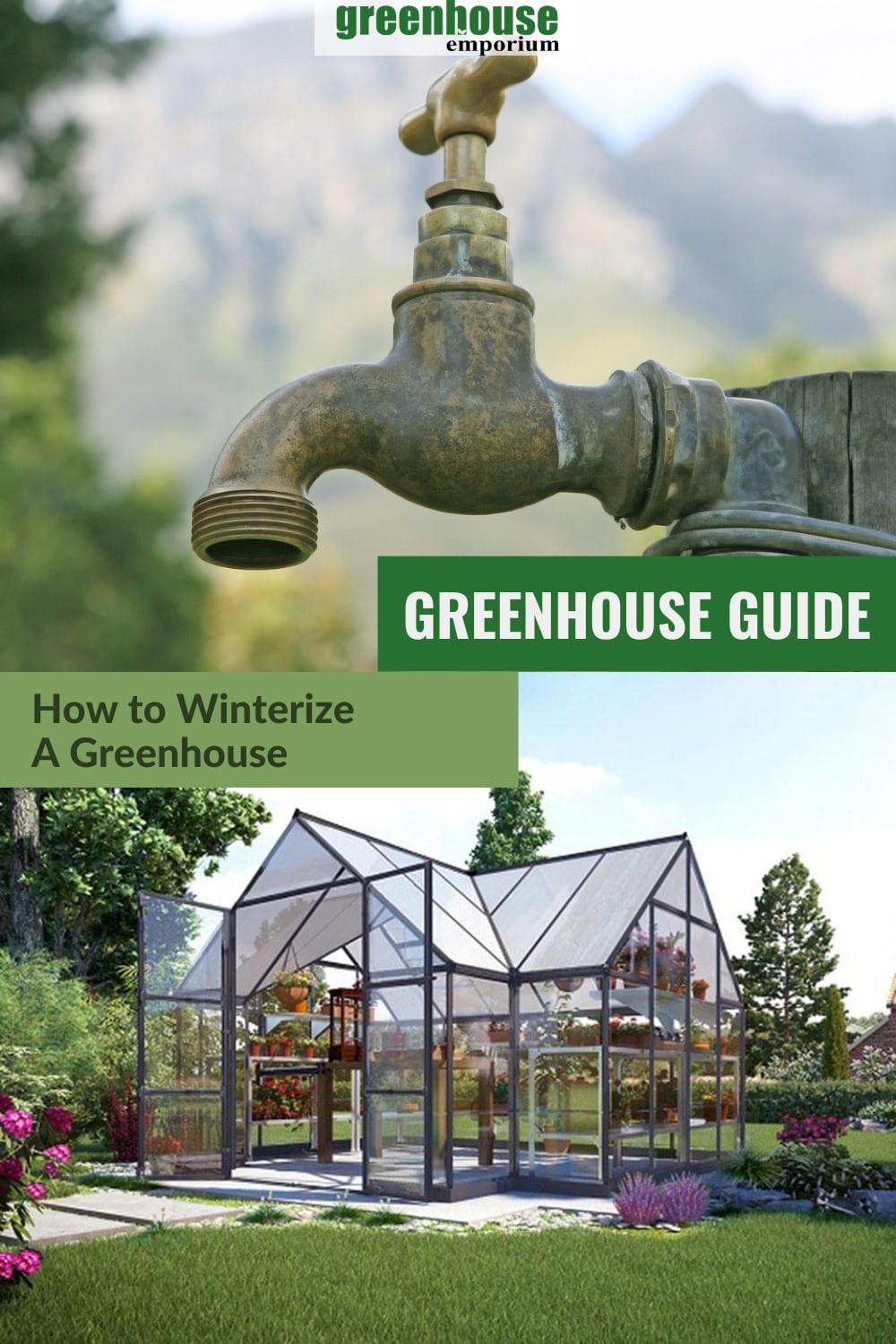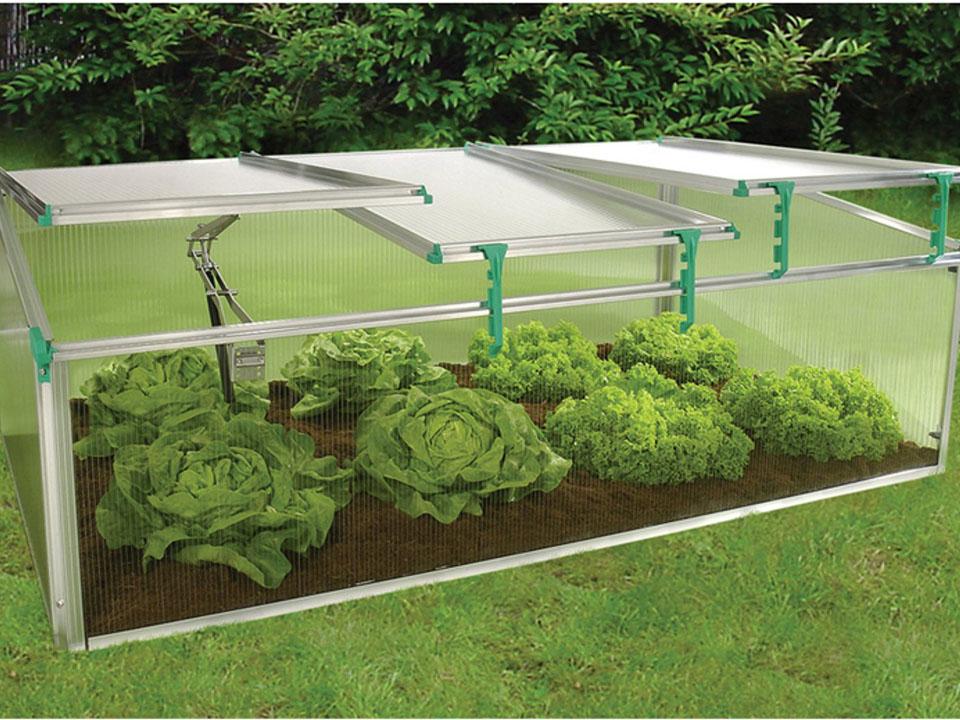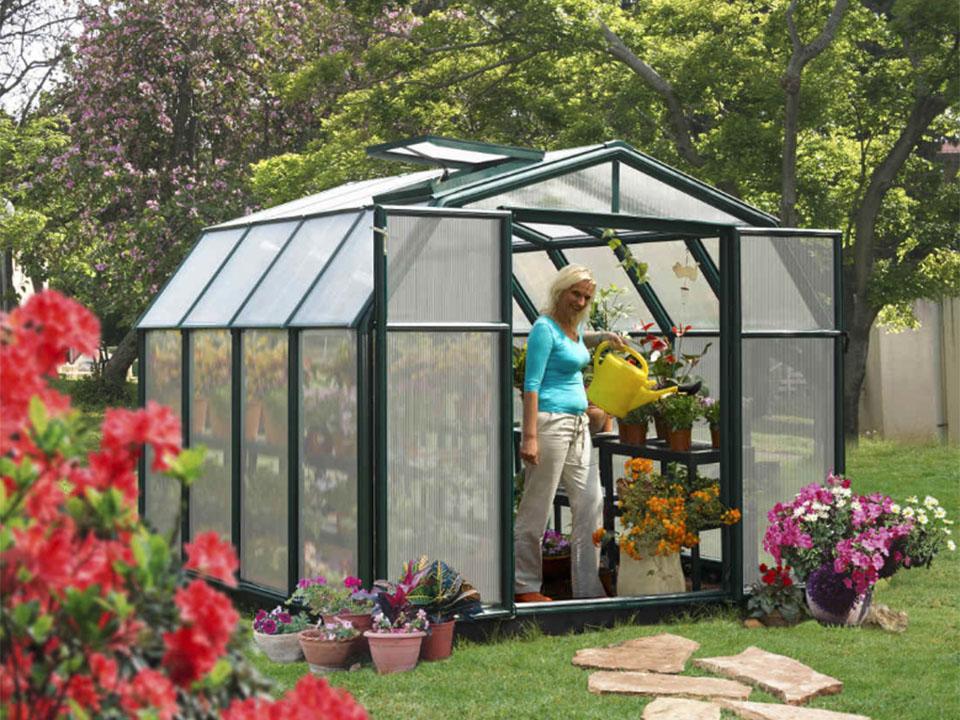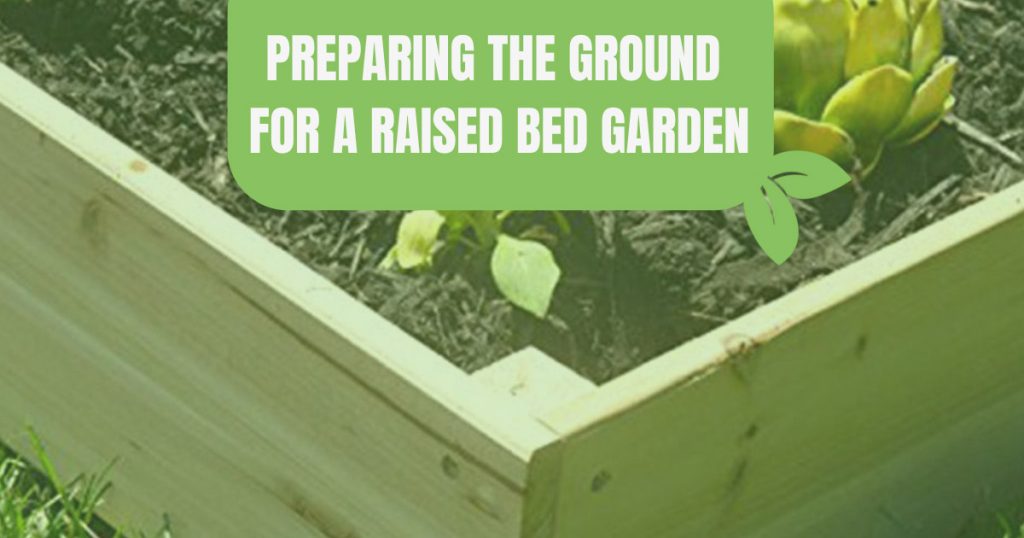


If you’re baffled by the concept of how to winterize a greenhouse to protect plants in winter, the answer is simpler than you might think!
Winterizing a greenhouse involves preparing and adapting it to ensure your plants remain protected and thrive during the colder months.
Whether you have small greenhouses or a more modern greenhouse, the principles remain the same. By monitoring the greenhouse temperature in winter and taking a few expert-backed steps, you can ensure your beloved plants stay snug and thriving, even as the snow falls.

In this guide, we’ll walk you through the essential methods to prepare your greenhouse for the chilly months ahead.
Dive in with us, and let’s make sure your green sanctuary is winter-ready!
What does it mean to winterize a greenhouse?
Winterizing a greenhouse is the process of preparing and adapting your greenhouse to withstand the colder months while ensuring optimal growth conditions for your plants. At Greenhouse Emporium, we’ve seen firsthand the difference proper winterization can make. In our experience, a well-prepared greenhouse can be the difference between a thriving winter garden and a struggling one.
According to our research and insights from various gardening experts, winterizing involves several steps. These include cleaning and decluttering the space, considering heating and lighting solutions, insulating the structure, and even selecting the right plants that can benefit from winter protection.

We recommend taking the time to understand the specific needs of your greenhouse. Factors like your geographic location, the type of plants you’re growing, and the design of your greenhouse all play a role in how you should approach winterization.
In conclusion, to winterize is to protect, prepare, and optimize your greenhouse for the challenges of winter. Trust in our expertise at Greenhouse Emporium to guide you through this process. After all, our mission is to support every gardener, no matter the season or challenge.
5 Methods for winterizing a greenhouse
Winter is coming, and as passionate gardeners, we at Greenhouse Emporium understand the importance of preparing your greenhouse for the colder months.
Based on our extensive experience and research, here are five tried-and-true methods to winterize your greenhouse effectively:
1. Deep clean your greenhouse
Before anything else, ensure your greenhouse is spick and span. Over the seasons, it’s common for algae, moss, and pests to find their way in.
We recommend giving the glass or panels a thorough cleaning to maximize sunlight during the shorter winter days. In our experience, a clean greenhouse not only looks good but also promotes healthier plant growth.

2. Declutter your greenhouse
Space and airflow are vital for plant health. Remove any unused pots, old plants, or tools that aren’t essential.
According to our research, a decluttered greenhouse improves air circulation, making it easier to maintain consistent temperatures during the winter.
3. Think about heating and lighting
Winter means shorter days and colder nights. Consider investing in a suitable heater for your greenhouse.
Always ensure it’s designed for greenhouse use to avoid any safety hazards. Additionally, we recommend LED grow lights to supplement the reduced winter sunlight.
These lights have been a game-changer for many of our customers at Greenhouse Emporium.
And if you’re looking for free greenhouse heat options, consider using compost or thermal mass techniques.

4. Insulate your greenhouse and water outlets
Insulation can be the difference between a thriving and a struggling winter garden. Bubble wrap is an excellent insulator that still lets light in. Don’t forget to insulate water outlets to prevent them from freezing.
For those looking for a simpler solution, a cold frame kit can be an excellent choice to provide that extra layer of protection.
Over the years, we’ve seen the significant benefits of proper insulation, especially in areas with extreme climates.

5. Add plants that need protection
Some plants thrive in cooler temperatures. Consider adding the best winter greenhouse vegetables and other plants that require protection from the cold to your greenhouse.
These plants can greatly benefit from the controlled environment a greenhouse offers during the winter. For DIY enthusiasts, setting up a DIY winter greenhouse can be a fun and rewarding project.
6. DIY ways to insulate your greenhouse
Speaking of DIY, when it comes to winter gardening, a greenhouse is a gardener’s best friend. But as temperatures drop, it’s essential to ensure that your greenhouse remains a warm haven for your plants. Here are some of our favorite DIY methods to insulate your greenhouse effectively:
- Seal any gaps and cracks: Before you start with any other insulation methods, ensure that there are no gaps or cracks that might let the cold air in.
- Insulate the entrance: The entrance can be a significant source of heat loss. Consider adding an extra layer of insulation material to the door.
- Insulate the foundation: Heat can also escape from the bottom. By insulating the foundation, you can prevent this heat loss and ensure that the warmth remains where your plants need it.
- Use horticulture bubble wrap: Bubble wrap is an affordable and effective insulation material. It not only retains heat but also allows sunlight to reach your plants.
- Install an energy curtain: An energy curtain can be a game-changer. It provides an additional layer of insulation and can also be used during summer months for shading.
- Build a windbreak: Wind can significantly reduce your greenhouse’s temperature. Building a windbreak can shield your greenhouse from cold winds and help in retaining heat.
- Add thermal mass: Objects with high thermal mass, like water containers or bricks, can store heat during the day and release it during the night, maintaining a consistent temperature.
In short, winterizing your greenhouse can be a straightforward process when you have the right knowledge. At Greenhouse Emporium, our mission is to support your gardening journey, ensuring you can pursue your passion no matter the challenges.

How do you overwinter an unheated greenhouse?
Overwintering an unheated greenhouse means preparing it to protect your plants during the cold winter months without the use of heaters.
At Greenhouse Emporium, we believe that even without heating, your greenhouse can be a haven for plants in the winter. The key is to insulate effectively.
Using layers of horticultural bubble wrap over the glass panes can make a difference in retaining warmth. Additionally, consider using cloches, either purchased or homemade, as they can be a cost-effective way to keep individual plants warm.
Remember, the goal is to create a microclimate inside your greenhouse that shields your plants from the harshest winter conditions. With the right preparations, your unheated greenhouse can be a thriving space for plants even in the coldest months.
Does a greenhouse need to be heated in the winter?
No, a greenhouse doesn’t have to be heated in the winter, and if you grow enough plants they can even generate their own heat. However, at Greenhouse Emporium, we’ve found that proper insulation can significantly retain warmth.
Strategic placement in sunny spots also helps maintain a warmer environment for plants during the colder months.
For more expert tips and top-quality greenhouse products, visit Greenhouse Emporium. Let’s keep your garden flourishing together!
























